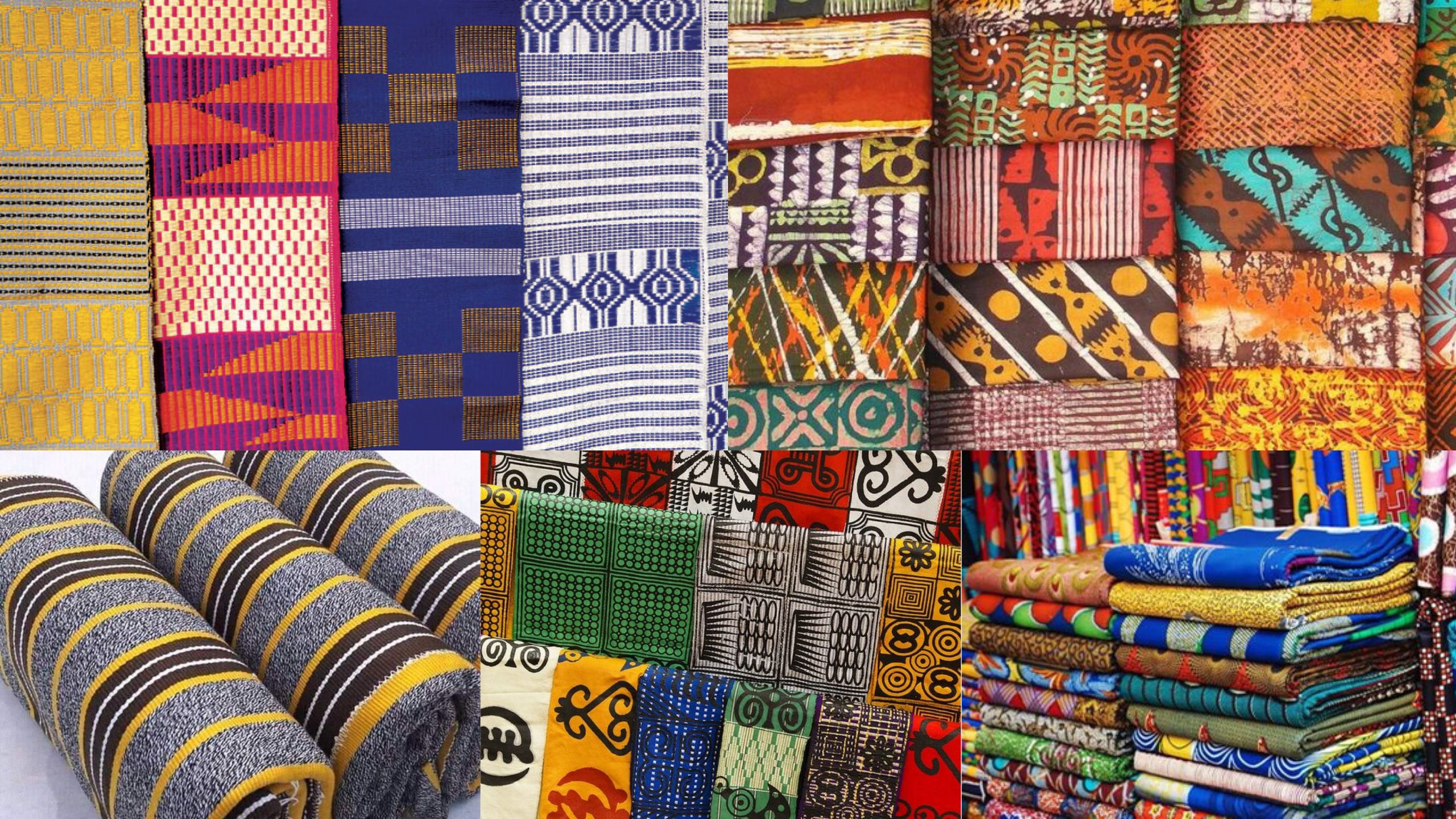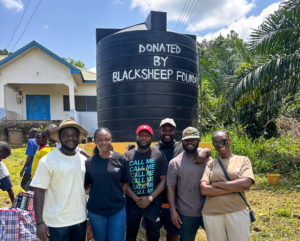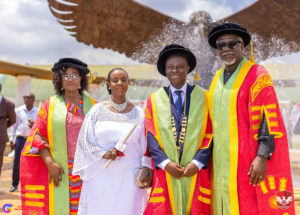Fridays in Ghana are nationally instituted days for the wearing of locally made fabrics/ clothing in a bid to popularise and commercialise the rich and beautiful textile culture of the country. Like almost every other African country, Ghana has fabrics and textiles that are indigenous to the region, with history going back far in time. In this piece, we’ll take a look at 5 of the peculiar and culturally specific fabrics of the nation Ghana.
Kente
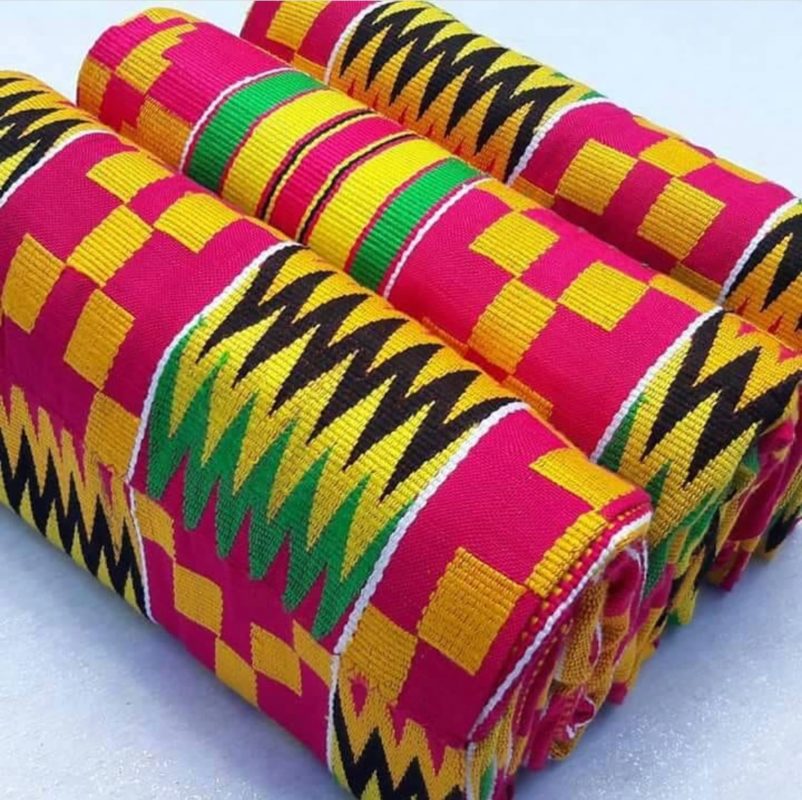
Perhaps the most popular fabric on this list, Kente comes from the Akan word for basket because of the basket-like weaving pattern. It is also called “nwentoma” meaning “woven cloth”in Twi and “kete” in Ewe. Kente is made by sewing together handwoven cloth strips of silk and cotton. In Ashanti folklore, it was invented by weavers trying to replicate the patterns of the spider.

In times past, the fabric was worn by Ashanti and Ewe royalty, sometimes for aesthetics and other times to pass messages through the signs and symbols woven into the fabric. Today, it is widely worn for special occasions by those that can afford it and is globally recognised as a Ghanaian export.
Fugu

The Fugu, also known as Bun-nwo, Bana, batakari, Dansika or Banaa is a plaid smock originating from northern Ghana. It used to be reserved for kings and princes in ancient times but is now popular across Ghana, even considered by some as the Ghanaian suit. Fugu is made by sewing together hand-loomed strip cloths. These strip clothes are made of a mixture of dyed and undyed cotton loom. The Fugu bears some similarities to Faso dan fadi, the national attire of Burkina Faso.
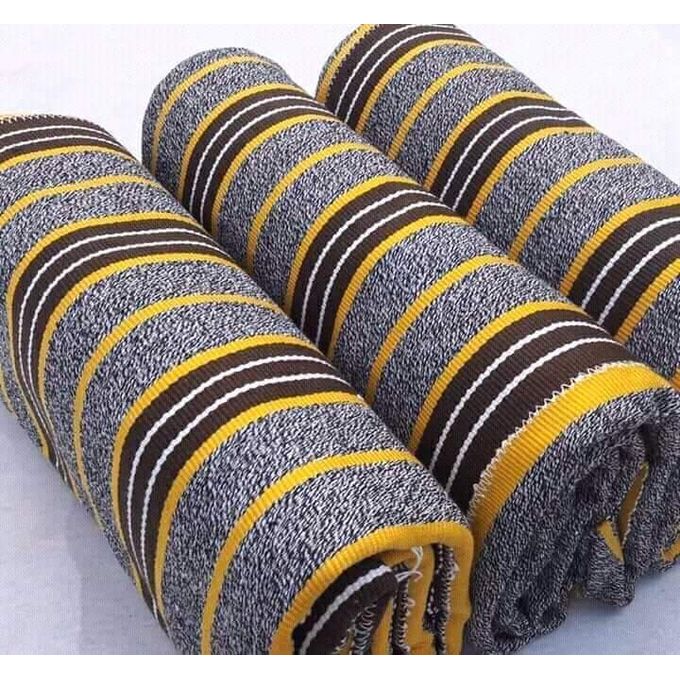
In recent times, the strip clothes have been made into full length fabrics which are popularly referred to Northern Kente. This Northern Kente has gained popularity across the country and is sometimes even used as an alternative to the Ashanti / Ewe Kente.
Adinkra
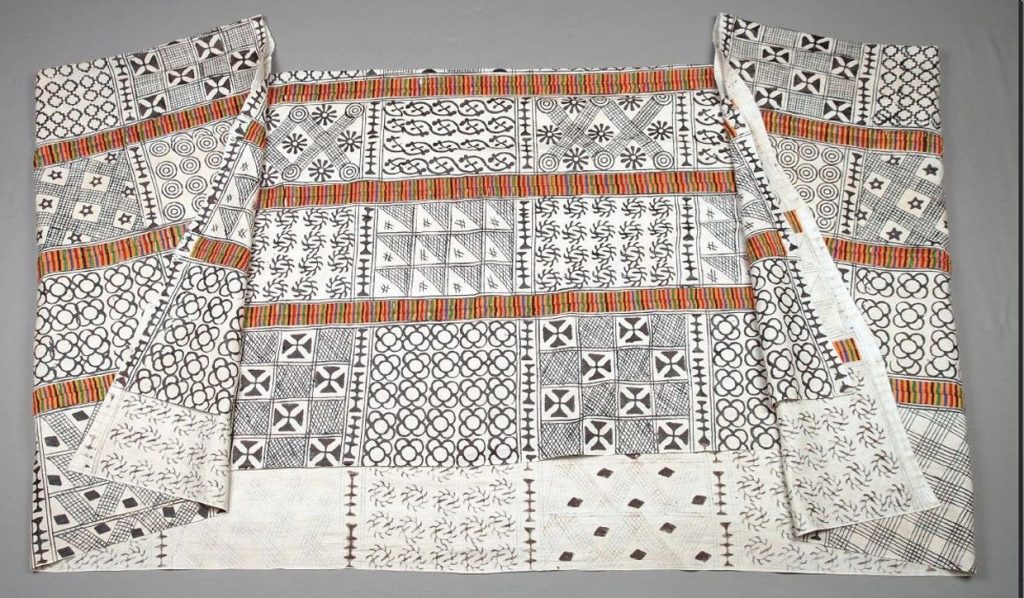
The Adinkra cloth was, in initial times, made for royals and spiritual leaders to be worn to funerals and other very special occasions. They were hand-printed on hand-woven natural cotton fabric. The fabric could be red, dark brown or black, as dictated by the occasion and the role of the wearer at the occasion. The cloth gets it’s name from the Adinkra symbols printed on it. The symbols, originally created by the king of the Bono people of Gyaaman, Nana Kwadwo Agyemang Adinkra were largely used on pottery, stools, walls and others by the Bono people. The Adinkra cloth was worn by the king of Gyaaman, and its usage spread from Bono Gyaman to Asante and other Akan Kingdoms after the fall of the Bono kingdom.
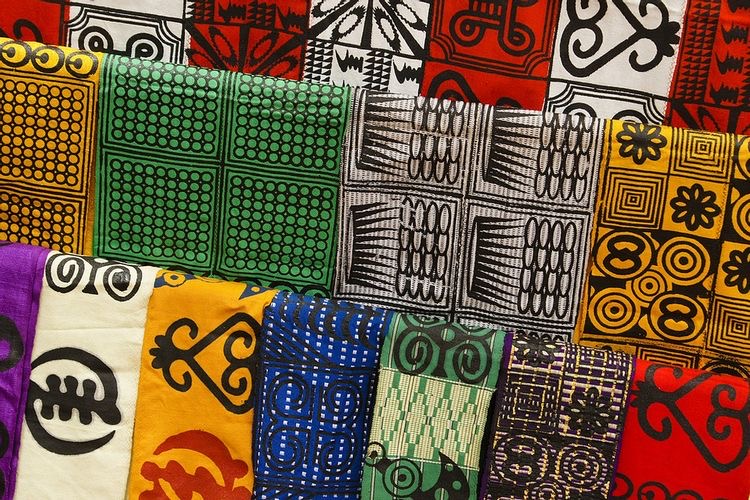
Dark vegetable-based pigment is used with stamps carved out of the bottom of a calabash piece to create the patterns on the fabric. Today, the Adinkra cloth is frequently mass-produced on brighter coloured fabrics but is still mostly worn to funerals and other special occasions. It is also popular among the Akans of Ivory Coast.
Tie & Dye And Batik

Tie & Die and Batik are different fabrics but are usually interchanged for each other. Batik is a fabric made by drawing patterns with wax on a cotton fabric and dying, a technique first discovered in Indonesia by European travellers and later found to have been prevalent in 12th century Sudan and Egypt.
Tie and Die however, involves folding, twisting, pleating, or crumpling fabric or a garment and binding it with string or rubber bands and then applying various dyes to various sections. In fact the technique has been in use in West Africa for centuries.
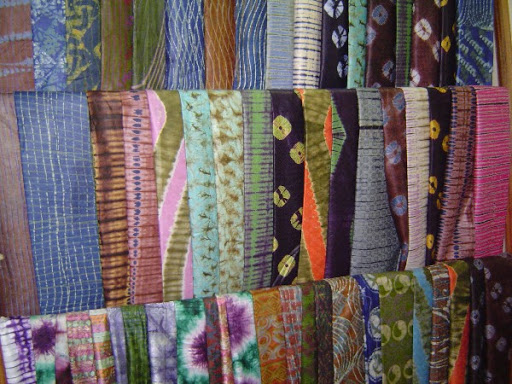
In the 19th century, after English and Dutch merchants introduced the Indonesian batik to Africa, it rekindled interest in the tie & die fabric and popularised the batik in Nigeria, Senegal, Mali and Ghana. Today, the tie & die and batik fabrics have become a huge part of Ghanaian fashion culture.
Ankara

Ankara, also known as African / Dutch Wax Print have become the face of African clothing. The history behind this fabric, however, is not very African. During the Dutch invasion of Indonesia in the 1800s, Dutch merchants who came into contact with the Indonesian Batik and it’s popularity among the Asians decided to reproduce the fabric mechanically to reduce production cost and stress and also to make easy money. Unfortunately for them, the rip-offs were not well received at all. In search of another place to offload their merchandise, they decided to try selling it in Africa where it immediately became popular due to the tribal-like inscriptions.
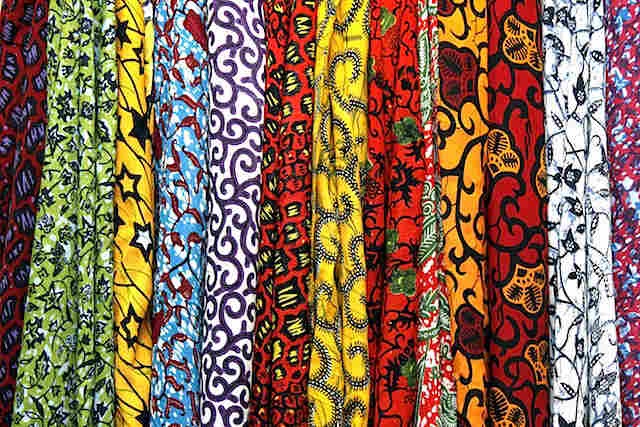
Over time, the fabric became integrated into African culture, and the designs began to reflect African beliefs and culture. Today, original wax prints are competing with cheaper Chinese knock-offs ironically.
These five fabrics tell the rich history of the nation Ghana and as we continue to celebrate the 64th anniversary of her independence, we’ll bring to light more of the hidden gems of the country.

